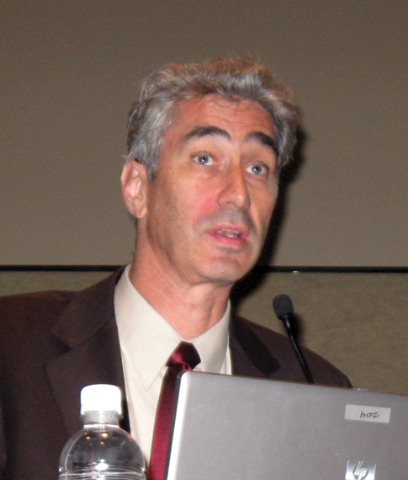The evaluation of cardiac structure and function is considered a strength of cardiac CT imaging. For the first time, the report rated cardiac CT as appropriate in patients with suspected arrhythmogenic right ventricular dysplasia, and as uncertain for evaluation of myocardial viability when other imaging modalities are inadequate or contraindicated.
Using cardiac CT before electrophysiologic procedures for anatomical mapping, or prior to repeat sternotomy in reoperative cardiac surgery, also was rated appropriate.
Disagreement among panelists over two clinical scenarios in particular left these two in the uncertain category: using cardiac CT to detect coronary artery disease in patients with a low probability of coronary artery disease when the ECG is interpretable and the patient is able to exercise, and using cardiac CT for coronary assessment prior to noncoronary cardiac surgery in patients with a low probability for coronary artery disease.
The report attempts to align its language and definitions with those in the ACC’s 2009 appropriate use criteria for cardiac radionuclide imaging (J. Am. Coll. Cardiol. 2009;53:2201-29).
Besides considering appropriate use of cardiac CT, clinicians should consider balancing the use of radiation dose–reduction techniques with the preservation of image quality, the report notes. A separate 2010 expert consensus document addressed issues of balancing those competing demands (J. Am. Coll. Cardiol. 2010;55:2663-99).
Creation of the report was funded by the American College of Cardiology Foundation and by the other professional societies. Dr. Taylor reported having no pertinent conflicts of interest. He has been a consultant to Abbott Laboratories and has received research funds form Abbott and Resverlogix Corp. Others on the writing or technical committees and a panel of reviewers involved in the report declared potential conflicts of interest that are listed in the report.
Dr. Rita F. Redberg: Cardiac CT Not Proven Useful
There aren’t any clinical trial data to suggest any benefit to use of cardiac CT in terms of clinical outcomes. The report’s authors didn’t spend a lot of time on the data. They spent a lot of time on various scenarios. There certainly are small studies that have looked at selected populations and the sensitivity and specificity of cardiac CT in those populations. And there are some clinical trials that are now starting to recruit participants. I think we’ll have results in a few years from those, but at this time, we have no outcomes data.
Cardiac CT is being used more, and so they’re trying to put out guidance for it. There are certainly a lot of CT scanners around. That does drive its use.
I’m really driven a lot more by evidence and clinical trials than by reading this report. I don’t think it will change my practice.
Any potential effect on reimbursements depends on the insurer’s criteria. A lot of insurers look for evidence as well. The ACC and the Society of Cardiovascular Computed Tomography are making a good faith effort to give guidance in this area, but I think that in the absence of data, it’s best to wait until the data are collected. There’s no big rush to start doing CT. We have ways to diagnose heart disease that work pretty well. There are no data suggesting that cardiac CT is a better way. There are risks to CT. There’s certainly a lot of radiation, there’s contrast, and dye. I think it’s prudent to wait for the data showing that this is good for patients before changing my practice.
The appropriate-use criteria is a good process, but I think that, like any process, it needs to be driven by evidence. Evidence is certainly accumulating, but we’re not there yet. I think we’re looking at another few years before we’ll really have outcomes data for cardiac CT.
Rita F. Redberg, M.D. is a professor of cardiology at the University of California, San Francisco who was not involved in the 2010 report but was involved in the 2006 report. She provided these comments in a phone interview, and said she has no pertinent conflicts of interest.


